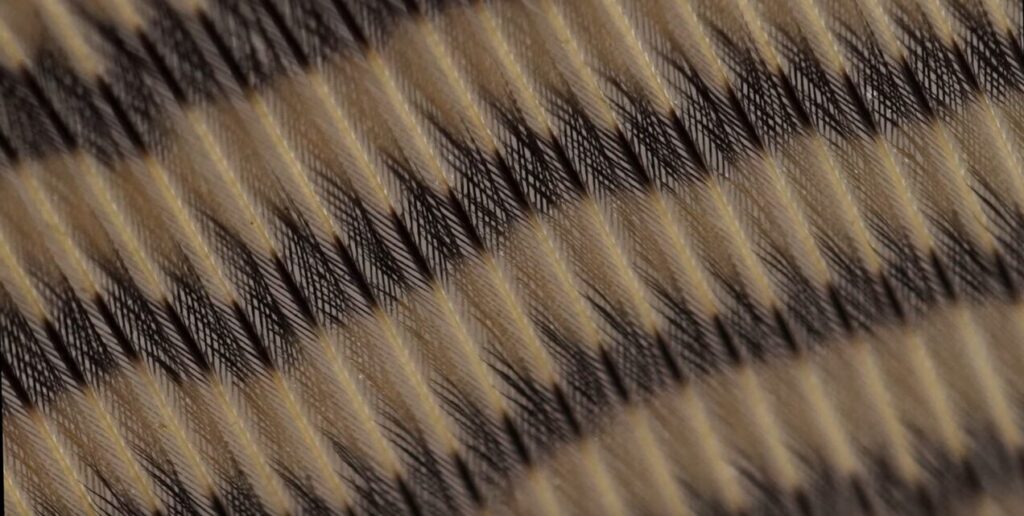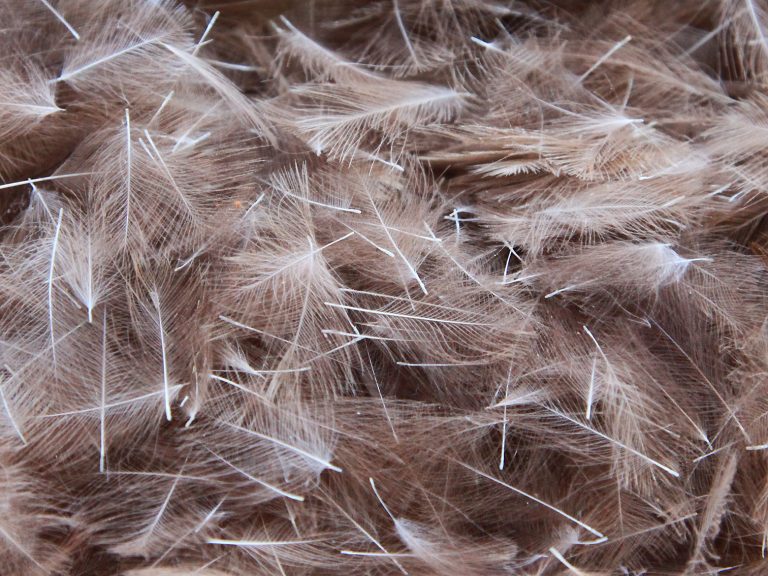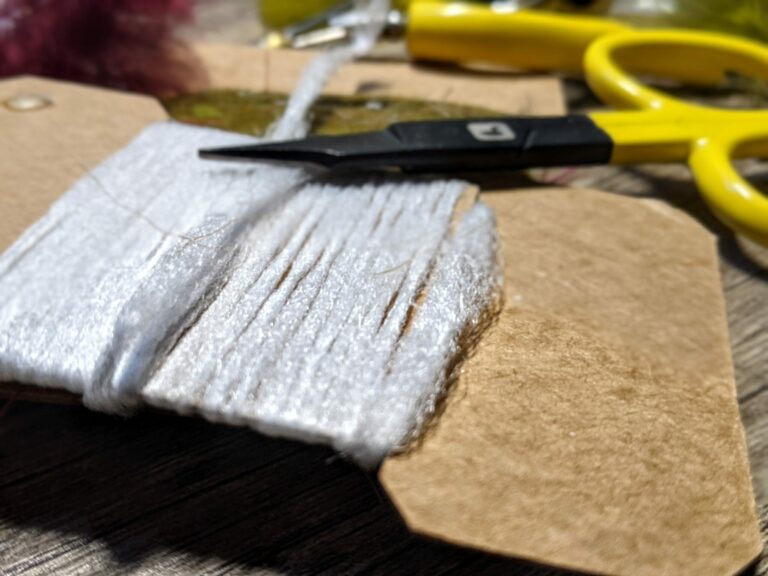This month, there won’t be a “Fly of the Month” feature, but rest assured, we’re already looking ahead. Paul “The Fed” Fedeles has informed us that he has a set of eight new flies ready for the coming year! If you have any special requests or ideas for flies you’d like to see, feel free to reach out. Paul is open to suggestions and would love to hear from you!
In the meantime, we present a video from Tightlines Video on one of Paul’s favourite tying materials – Magic Fly Tying Materials – Wood Duck (Note that this refers to the American wood duck and not the Australian species).
According to Tim:
If I could use only one fly-tying material, it would definitely be wood duck flank feathers — specifically, the ones with small dark markings called vermiculations, not the larger black-and-white ones.
The Value of Wood Duck Feathers
Premium-grade wood duck feathers are highly prized among fly-tiers for their beautiful, natural markings. However, they’re also quite rare. A single duck only produces a small number of usable feathers, which drives up their value.
As a more affordable alternative, some tiers use mallard flank feathers dyed to replicate the wood duck’s colouration. Tim, however, prefers the authentic wood duck feathers due to their superior colour intensity and structural qualities.
Why Wood Duck Feathers Matter in Fly Tying
Wood duck feathers have been a staple in fly tying for a long time, particularly for patterns that mimic the natural world with precision. Their dark vermiculations (the small wavy lines on the feathers) are highly effective in replicating the appearance of legs and tails on various nymph patterns. These markings closely resemble the stripes and spots found on many aquatic insects, making them irresistible to trout and other fish.
I believe trout, in particular, use these markings to help distinguish living, protein-rich food from nutrition-lacking detritus.
Versatility and Tradition
Wood duck feathers are a versatile material, used in more than just nymph patterns. For example, they often serve as wings on traditional Catskill dry flies, where their vermiculations replicate the veining on natural insect wings. This ability to imitate fine details makes wood duck feathers one of the most effective materials for tying realistic and enticing flies.
Even if you’re not tying a pattern that traditionally uses wood duck, Tim recommends incorporating them in subtle ways. Their unique texture and colouration can add lifelike qualities to almost any fly pattern, enhancing your chances of success on the water.
For anyone interested in learning more about this excellent material and seeing it in action, check out Tim Flagler’s video. It’s an insightful look into the value of wood duck feathers and how they can elevate your fly-tying game.





